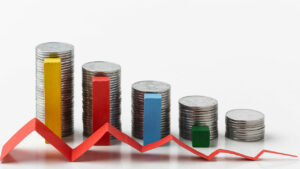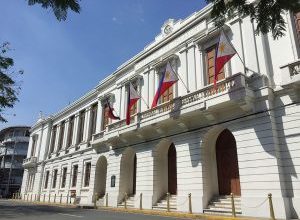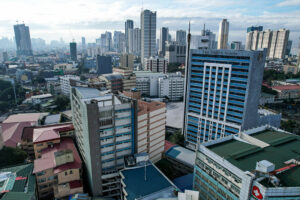10 things about GDP growth and inflation

Last week, the Philippine Statistics Authority (PSA) released first-quarter GDP growth data at 5.4% and inflation for April 2025 at 1.4%. GDP growth here refers to annual or year-on-year and not seasonal or quarter-on-quarter growth. Here are 10 notable points about our GDP and inflation performance.
One, our 5.4% growth was below expectations. A BusinessWorld poll of 15 economists showed a median forecast of 5.8%, while the economic team’s target for full year growth is 6-8%.
Two, compared with other medium to large economies in the world, we have similar growth with China and Taiwan, while Vietnam still leads the world with 6.9% growth. India has not reported their Q1 growth, but it is projected to post 6-7% growth.
Three, many East Asians were able to grow above 3% but South Korea has melted at -0.1%. Two European countries so far have also contracted — Germany and Austria. Japan has no Q1 data yet, but it is expected to have near-zero growth too.
Four, the US managed to grow 2%, not the frequently quoted -0.3%. The former is year on year, while the latter is quarter on quarter, meaning Q1 2025 vs Q4 2024. Very often, Q1 is slower than Q4, which includes Christmas season and high household and corporate spending.
Five, our 1.4% inflation in April was the slowest since November 2019, which is good. In the table below, I use only the January-March inflation average because a number of countries have not reported their April data yet, which makes country comparison uneven.
Six, several European countries have had a bad combination of low growth of 1% or lower while having moderate inflation of up to 3.5% — Austria, Belgium, France, Germany, Italy and Sweden (Table 1).
GDP 2024 from IMF, World Economic Outlook 2025; inflation averages in Q1 are the author’s computations.
Seven, turning on the Philippines’ sectoral growth, household consumption that constitutes 74% of GDP grew only 5.3%, relatively low despite election campaign spending. Investments that constitute 22% of GDP are also low, with only 4% growth.
Eight, industries (30% of GDP) and manufacturing grew slowly at 4.5%. It was the service sector (62% of GDP) that carried the heavy lifting, particularly trade and finance at 16.5% and 11.7% of GDP, respectively (Table 2).
Nine, about the deindustrialization and degrowth trends in the west, both Europe and North America plus Japan. The Philippines should not follow many policies of Europe especially related to climate, energy and war mongering.
Ten, the economic team did a good enough job. While growth in Q1 was below target, it was still high by regional and global standards. And inflation in March and April was below 2%, so their Inflation and market outlook strategies are working.
In particular, Finance Secretary Ralph G. Recto promised no new taxes this year, Budget Secretary Amenah F. Pangandaman promised more spending transparency to check wasteful expenditures and Economics Secretary Arsenio M. Balisacan is pushing the Ease of Doing Business law. These will contribute to more business dynamism and job creation that will sustain high growth and low inflation.
Bienvenido S. Oplas, Jr. is the president of Bienvenido S. Oplas, Jr. Research Consultancy Services, and Minimal Government Thinkers. He is an international fellow of the Tholos Foundation.




